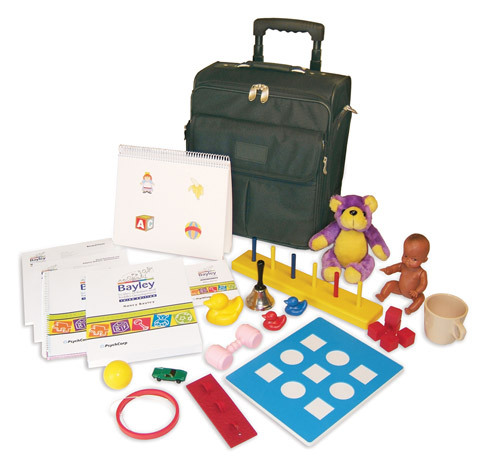Bayley Scales of Infant and Toddler Development, Third Edition (Bayley-III) examines all the facets of a young child's development. Children are assessed in the five key developmental domains of cognition, language, social-emotional, motor and adaptive behaviour.
Bayley-4 UK is now available to order. IMPORTANT: Bayley-III Complete Kit is no longer available for purchase
Bayley-4 UK is now available to order. IMPORTANT: Bayley-III Complete Kit is no longer available for purchase
Bayley-4 UK is now available to order. IMPORTANT: Bayley-III Complete Kit is no longer available for purchase
Bayley Scales of Infant and Toddler Development, Third Edition
Bayley-III
Bayley Scales of Infant and Toddler Development, Third Edition (Bayley-III) examines all the facets of a young child's development. Children are assessed in the five key developmental domains of cognition, language, social-emotional, motor and adaptive behaviour.Bayley-4 UK is now available to order. IMPORTANT: Bayley-III Complete Kit is no longer available for purchase
Choose from our formats
Test forms & reports
Booklets, record forms, answer sheets, report usages & subscriptions
7 options
Support materials
Manuals, stimulus books, replacement items & other materials
7 options
All products
All tests and materials offered for Bayley-III
14 options